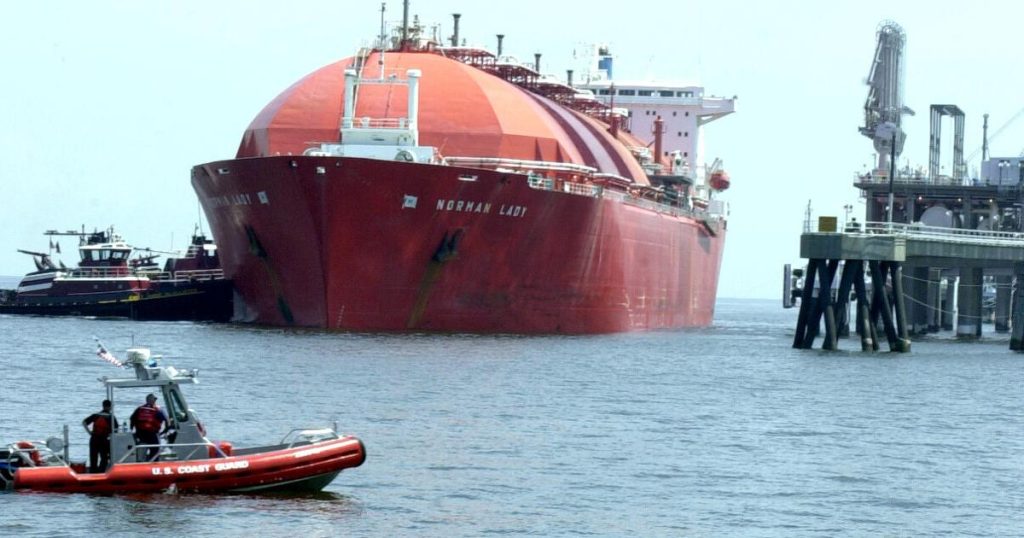(The Center Square) — Global trade in liquefied natural gas continued its upward climb in 2024, growing 2.4% to reach a record 411.2 million tons, according to the International Gas Union’s annual report.
North America solidified its position as the third-largest exporting region, increasing its exports by 4.11 million tons to reach 88.64 million tons. The United States accounted for the lion’s share of that growth, buoyed by increased production and the launch of new liquefaction units at the Plaquemines LNG facility in Louisiana.
Currently, U.S. liquefaction capacity sits at 97.5 million tons per year.
“Plaquemines LNG’s first four blocks (4.5 million tons per year) started up in 2024, with all trains expected to ramp up in 2025,” the report wrote. The report mentions the Woodside LNG terminal in Lake Charles, Louisiana, which would produce 16.5 metric tons per year. That alone would account for nearly 17% of all U.S. natural gas liquefication capacity.
The U.S. maintained its lead as the world’s top LNG exporter in 2024, shipping out 88.4 metric tons − an increase of 3.89 metric tons compared to the previous year. Rising output from the U.S. and Russia, which added 2.16 metric tons, were key contributors to the nearly 10 metric tons jump in global LNG trade.
Liquefaction capacity worldwide also expanded in 2024, growing by 6.5 million tons per year to a total of 494.4 metric tons per year by the end of 2024. According to the report, the growth was largely driven by the commissioning of Plaquemines LNG’s first eight liquefaction units, which added 4.5 metric tons per year of capacity to the U.S. Gulf Coast.
The expansion of U.S. LNG capacity in 2024 was supported by a favorable political climate. One of President Donald Trump’s first actions after returning to office was to lift a pause on LNG export permits to non-free trade agreement countries, a policy originally implemented under the Biden administration.
The first project to receive conditional non-FTA approval under the resumed permitting process was Commonwealth LNG in Texas. According to the report, this could accelerate the sanctioning of up to 70 metric tons per year of U.S. LNG capacity that had previously been delayed.
Looking ahead, the pipeline of new LNG projects remains robust. As of the end of 2024, a staggering 1,121.9 metric tons per year of liquefaction capacity was in the pre-final investment decision (pre-FID) stage. North America continued to dominate proposed expansion plans, accounting for 648.4 metric tons per year of potential new capacity, with 366.9 metric tons per year located in the United States alone.
Geopolitical factors remain a wild card. IGU wonders about the Trump administration’s continued use of tariffs and trade restrictions and if they could complicate LNG market dynamics.
“[T]he global LNG market equilibrium is fragile and sensitive to uncertainties from both supply and demand sides,” IGU President Li Yalan wrote. “[C]onsiderable uncertainty in geopolitics, trade, and regulatory policy characterizes today’s energy landscape.”
Retaliatory measures from trading partners could dampen global demand or restrict U.S. access to key markets. Conversely, Trump’s easing of sanctions on Russia as part of his attempts to broker U.S.-brokered ceasefire with Ukraine-could bring limited volumes of Russian pipeline gas back to Europe.
“Depending on volumes, a comeback could reduce European LNG demand over an extended period and alter the global market balance,” the report said.


